Greenland: Ilulissat Icefjord & Isua Glacier from air
The Isua glacier that feeds the Ilulissat icefjord (all a UNESCO World Heritage Area) it is the most productive glacier in the Northern hemisphere, producing immense amounts of icebergs. In fact, the ice produced here in just one day is enough to satisfy New York City’s water needs for a whole year. It is also the fastest glacier, moving 30-40 meters per day (most other glacier do this in a year). The glacier is 2,5 km deep and drains 7% of the Greenland icecap’a ice. It’s also nearly 5km wide at the mouth! The icebergs travel along a narrow and deep Icefjord. The fjord is over 1000 meters (3k feet) deep right below the mouth of the glacier and massive icebergs are calving off and floating toward the fjord’s entrance. Here, the depth drops to just over 300 meters (1000 feet) and many super massive icebergs get stranded here for days and weeks until they break off further or get pushed through. Breaking, collapsing, colliding, and rolling icebergs often generate mini tsunami. The icebergs then float out to the open ocean, first northward through Disco Bay and then south into the Atlantic, often reaching as far south as northern USA and even NYC. In fact, it’s a very high probability that the iceberg than sank the Titanic came from Ilulissat. It’s a once in a lifetime experience to fly over all this ice and make circles along the fjord to see the biggest icebergs.

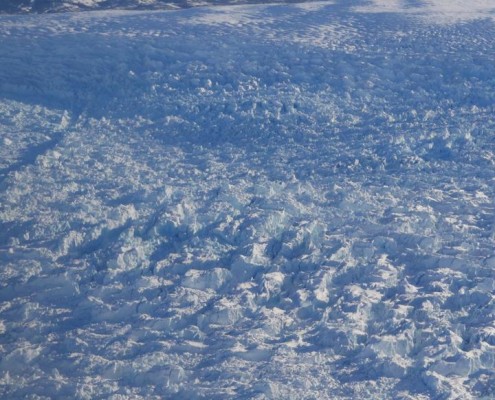
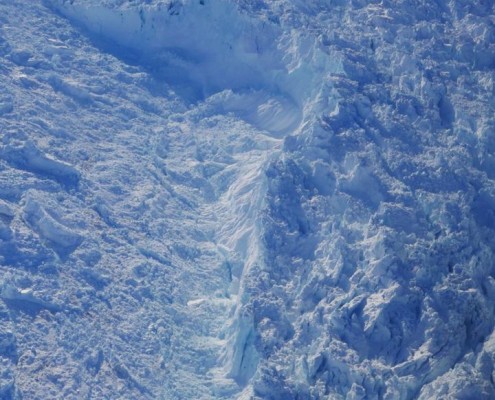

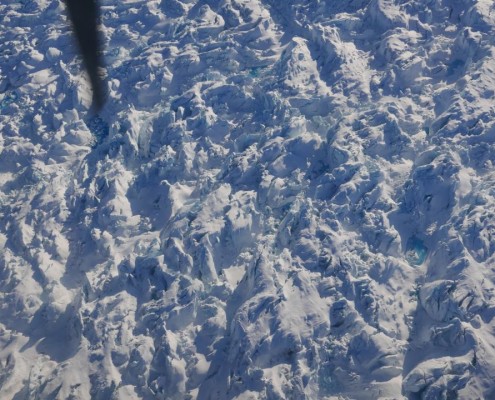
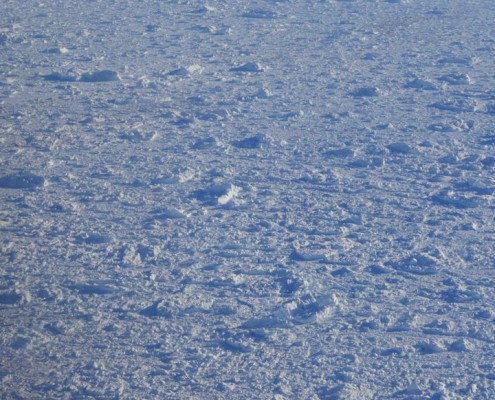
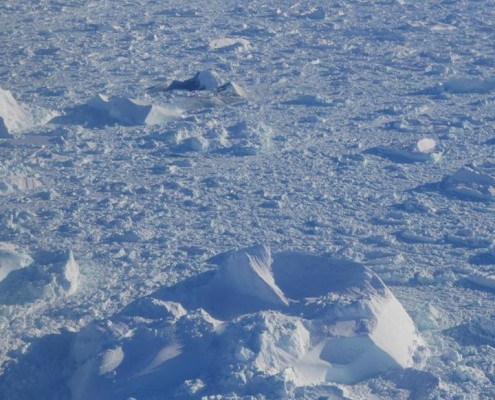
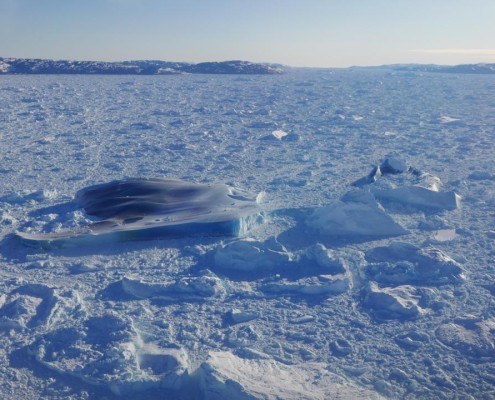
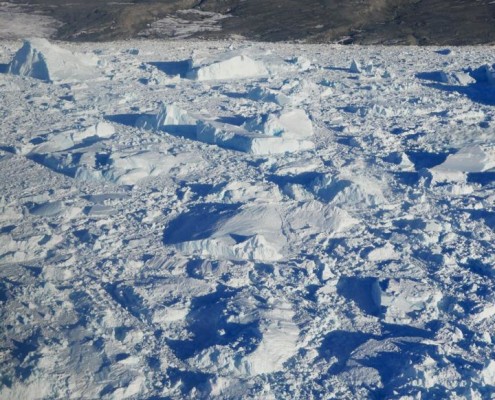
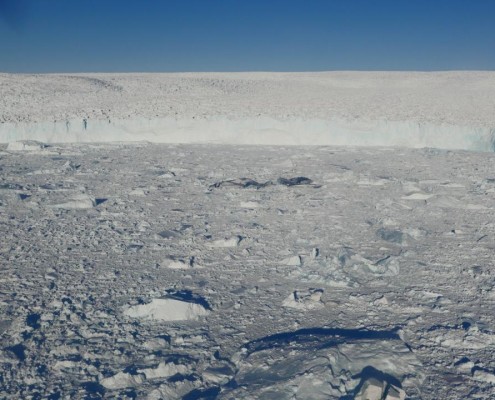
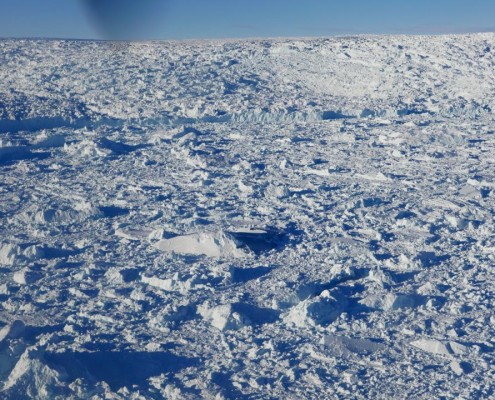


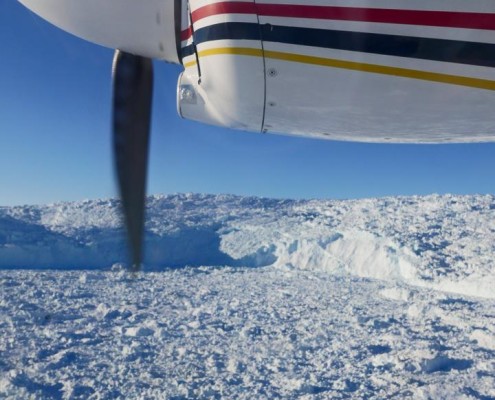
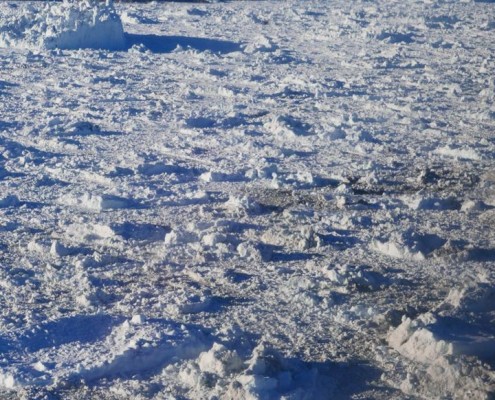

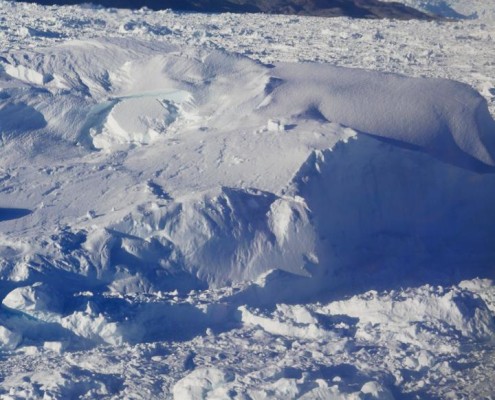
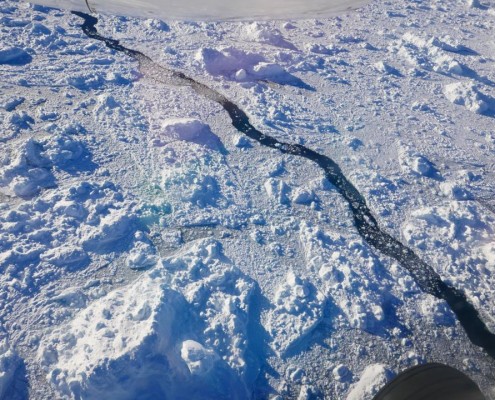
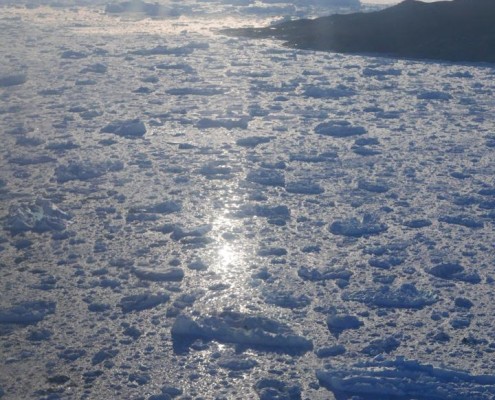
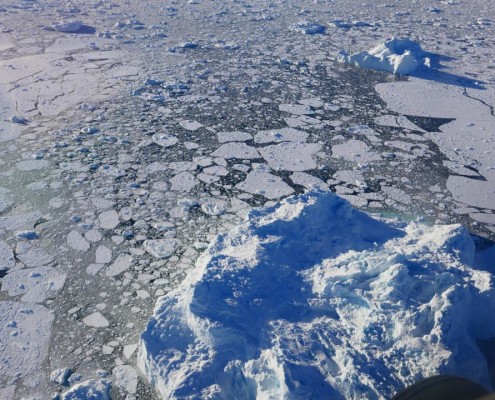
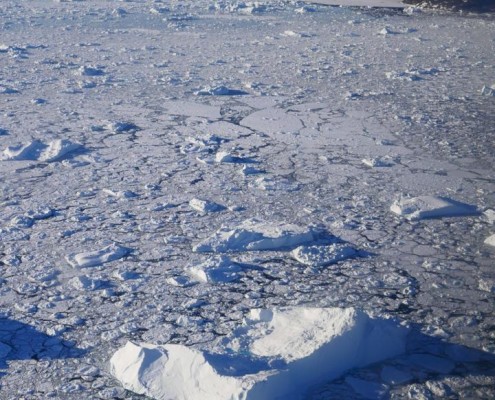
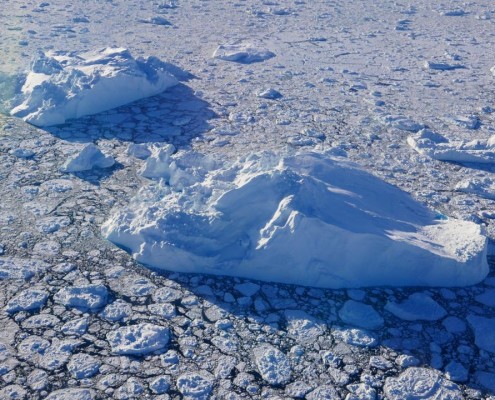
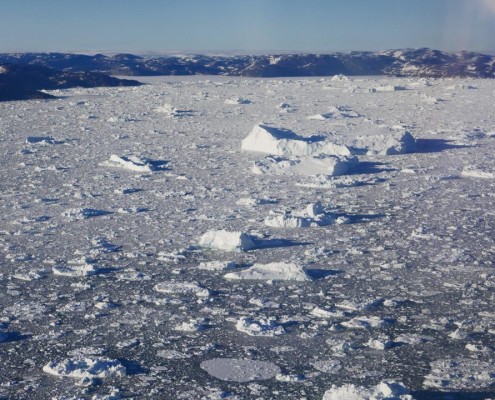
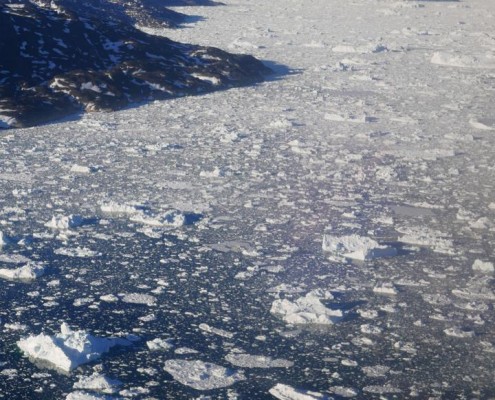
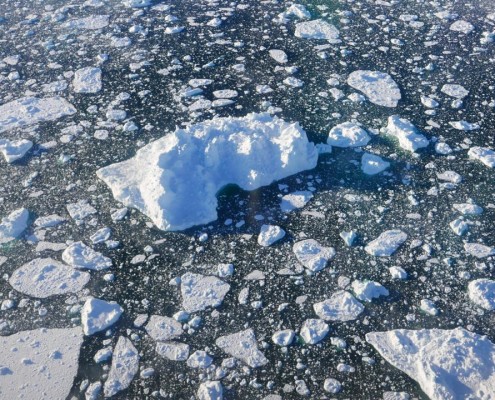
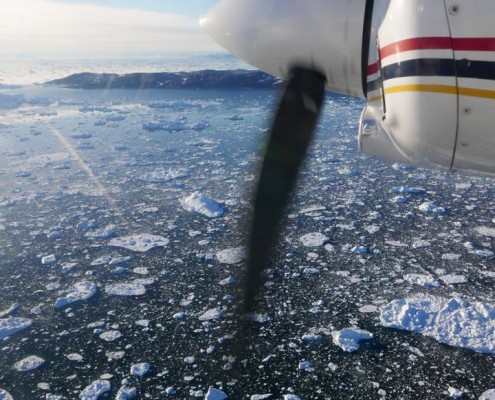
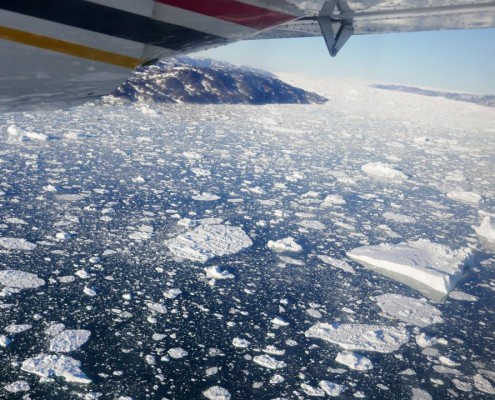
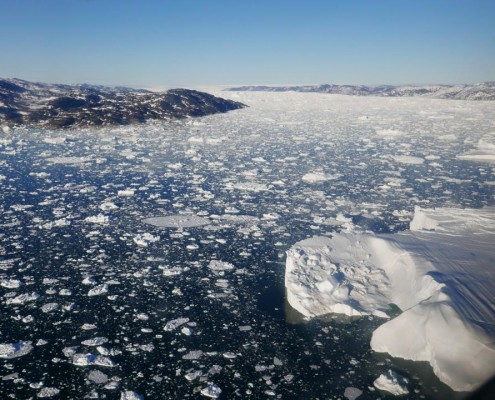
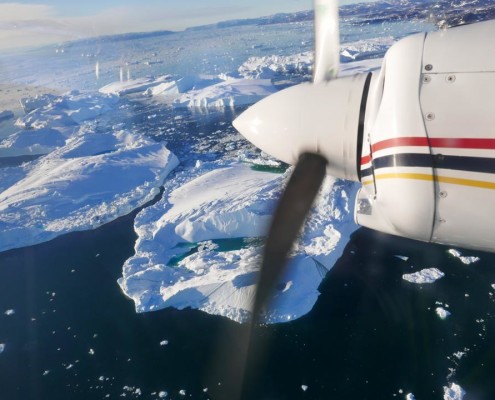
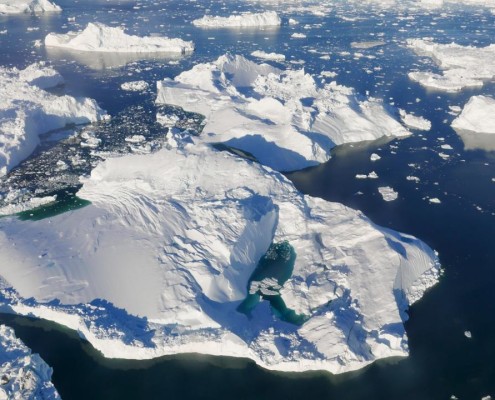
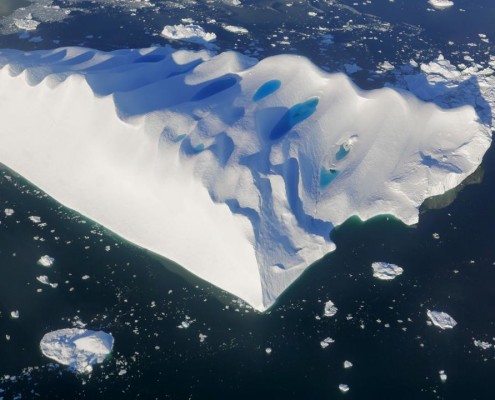
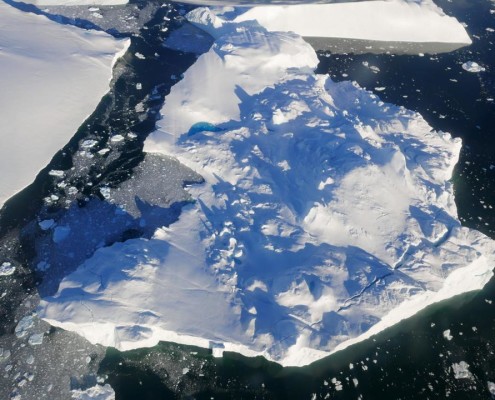
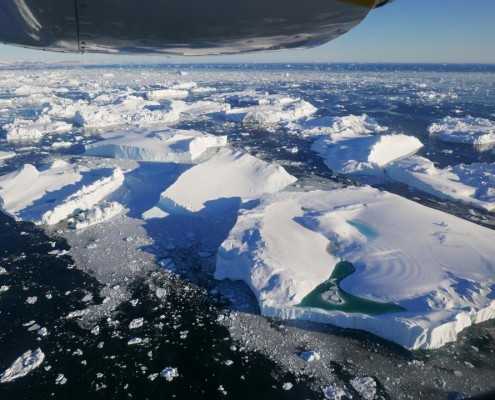
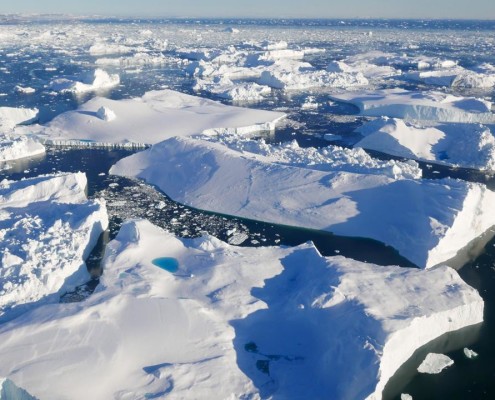
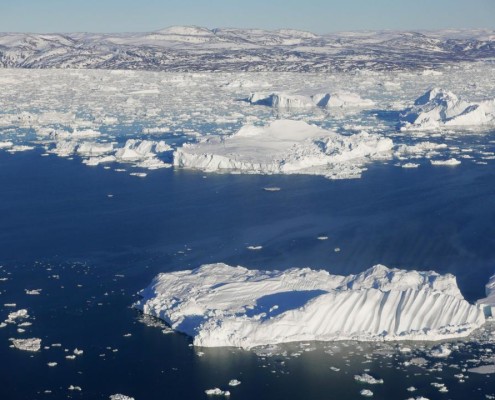


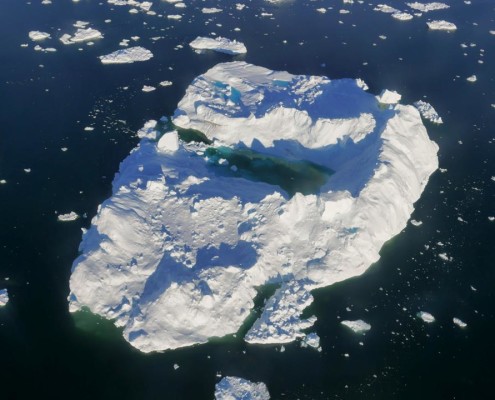
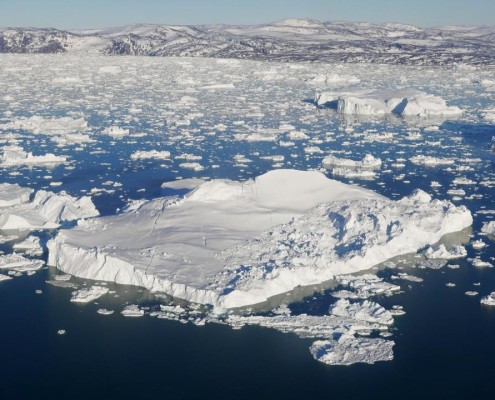




Leave a Reply
Want to join the discussion?Feel free to contribute!